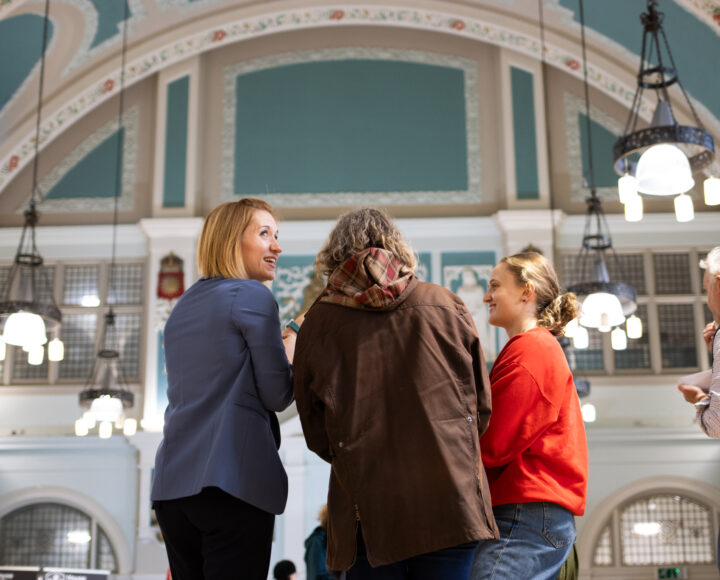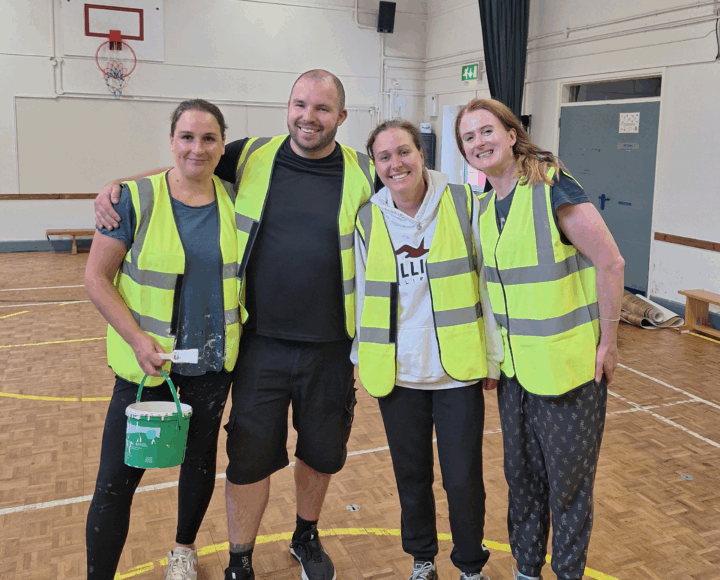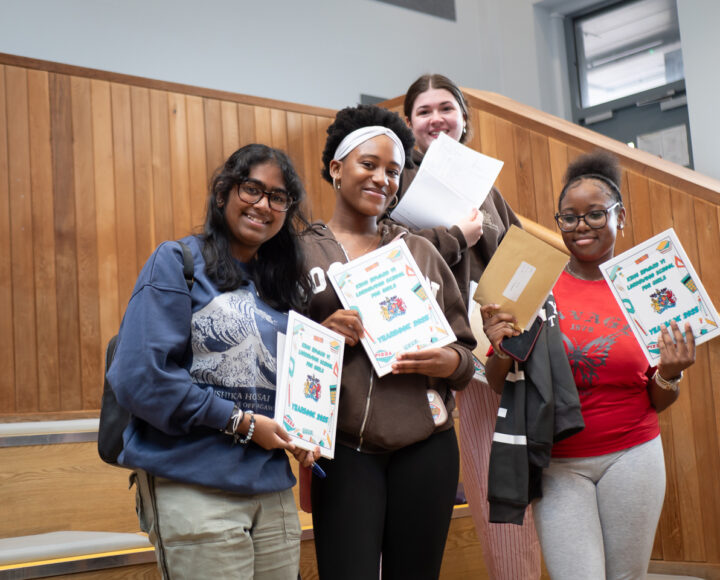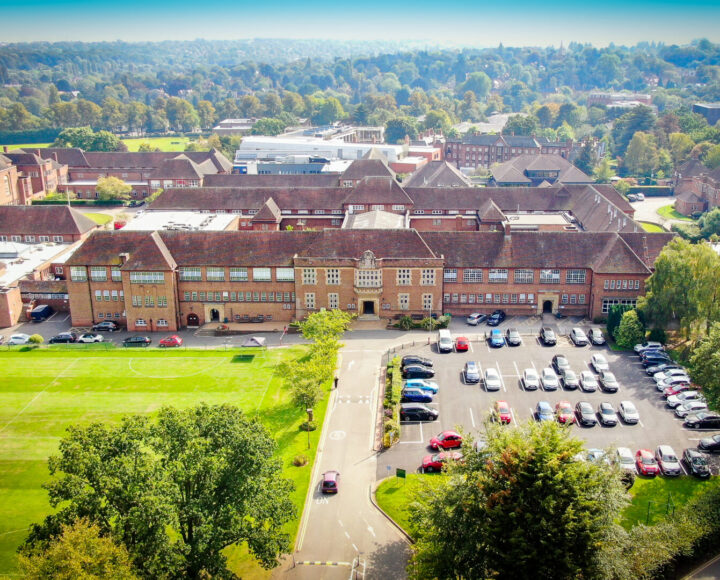The eagle-eyed amongst you will have spotted the return of a familiar figure to the Foundation Office with a gold chain and a serious expression. No, it’s not Jon Barnes again, but a man in glasses and a large red robe. But who is this gentleman and what connection does he have to the Foundation?
William Theophilus Wiggins-Davies was born and bred in Birmingham. The son of a railway worker, he lived in a tiny back-to-back house in the centre of town.
William’s family couldn’t afford much, but the boy attended a local school and was clever enough to be accepted to Birmingham University. He became a successful local businessman and manufacturer of stationery (he still holds two patents today). In order to differentiate between himself and other companies ran by men named Davies, he changed his name as an adult to Wiggins-Davies to incorporate his mother’s maiden name.
However, the commercial world was not enough for William, who had strong views on the importance of education. He quickly became involved in Birmingham politics, working his way onto several councils including the committees for the Birmingham Museum and Art Gallery and School of Art, President of the United Commercial Travellers Association and Chairman of the Juvenile Employment Committee.
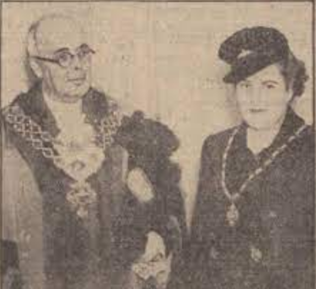
Councillor WT Wiggin-Davies, upon his election as new Lord Mayor, with his daughter, Joan
He served as a Foundation Governor for over 20 years sitting on the House, Estates and Finance Committees. He also served as Foundation Bailiff (1944-1945). But he is most well-known for serving the City of Birmingham as Councillor, Justice of the Peace and Lord Mayor (1944-1945).
Described as “an easy man to approach and always willing to give a helping hand”, his first speech as Lord Mayor paid tribute to the “mothers of Birmingham who had carried on with all tasks despite the anxieties of war, air raids and rationing, all while husbands, fathers, brothers, sons, and daughters had been away.”
He led the people of Birmingham in song at the VE day celebrations and afterwards commented (perhaps optimistically) to the local newspaper:

He resigned from his position as Foundation Governor in 1955 due to ill health but was still called upon for advice when needed. After his death in 1960 the Governors commissioned a portrait of him to commemorate his civic work in Birmingham, particularly for the city’s young people.
At the end of 2023 his portrait, which has resided in the Foundation Office for almost 60 years, was sent off for cleaning to a painting specialist in Shropshire. The conservator, Annabelle, spent a lot of time cleaning the oil paint and touching up any missing pieces. The gloss covering the image, which had degraded over time, was stripped and replaced. The frame was also cleaned, and any chips restored.
Here you can see a jagged tear in the painting, which had gone through the canvas…
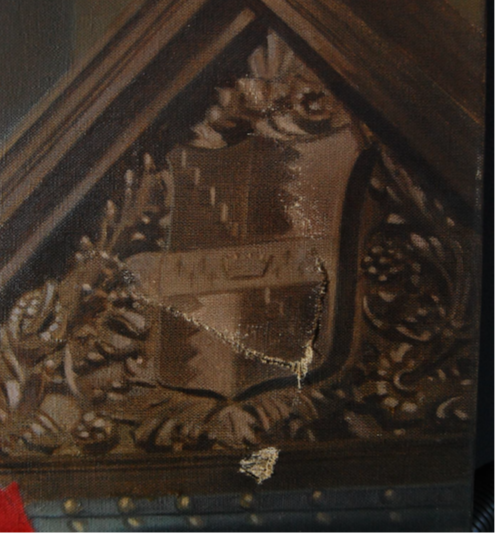
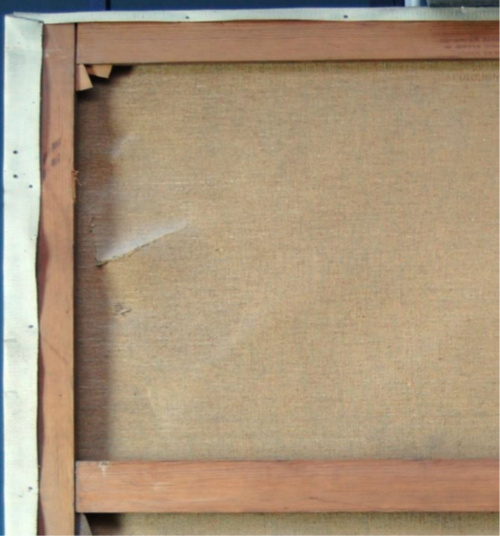
In order to repairs this, the fibres of the canvas had to be aligned correctly under a microscope and mended thread by thread using a special adhesive of wheat paste and something called isinglass (which is made from the bladders of fish!).

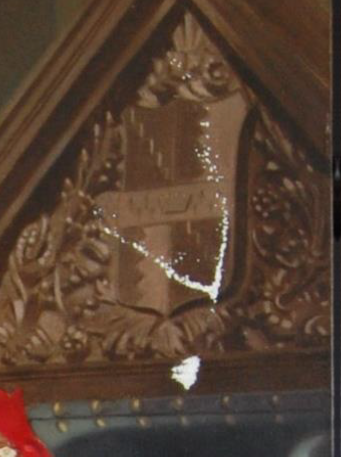
 The tear is across the crest of the chair being sat on by William Wiggins Davies. Thanks to Annabelle you won’t be able to see it now!
The tear is across the crest of the chair being sat on by William Wiggins Davies. Thanks to Annabelle you won’t be able to see it now!
Apart from one area of damage, the canvas itself was in good condition but was tensioned poorly – the entire painting was removed from the frame, re-tensioned and placed back which not only enhances the image but prolongs the life of the canvas.
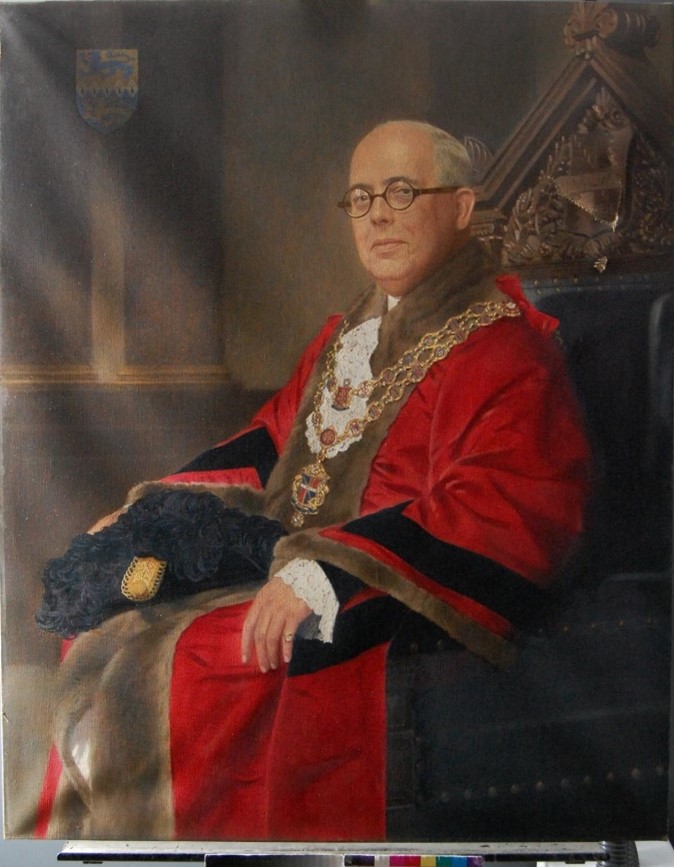
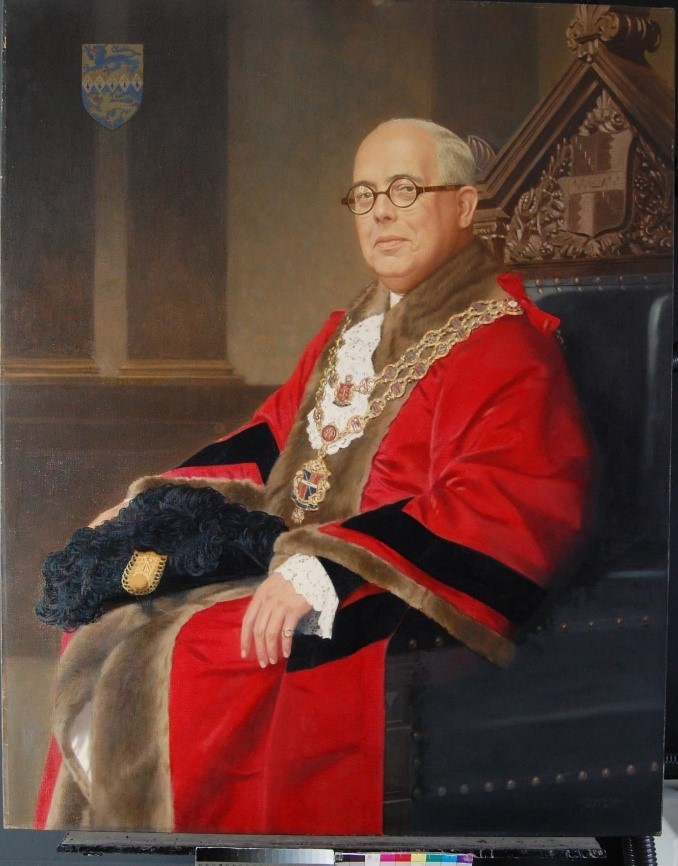 The portrait before and after cleaning, repair and re-tensioning.
The portrait before and after cleaning, repair and re-tensioning.
On Friday 26th April the portrait will be re-hung back outside the board room, where he certainly would have sat at the impressive board table with his colleagues, on one of the chairs we still use today.


